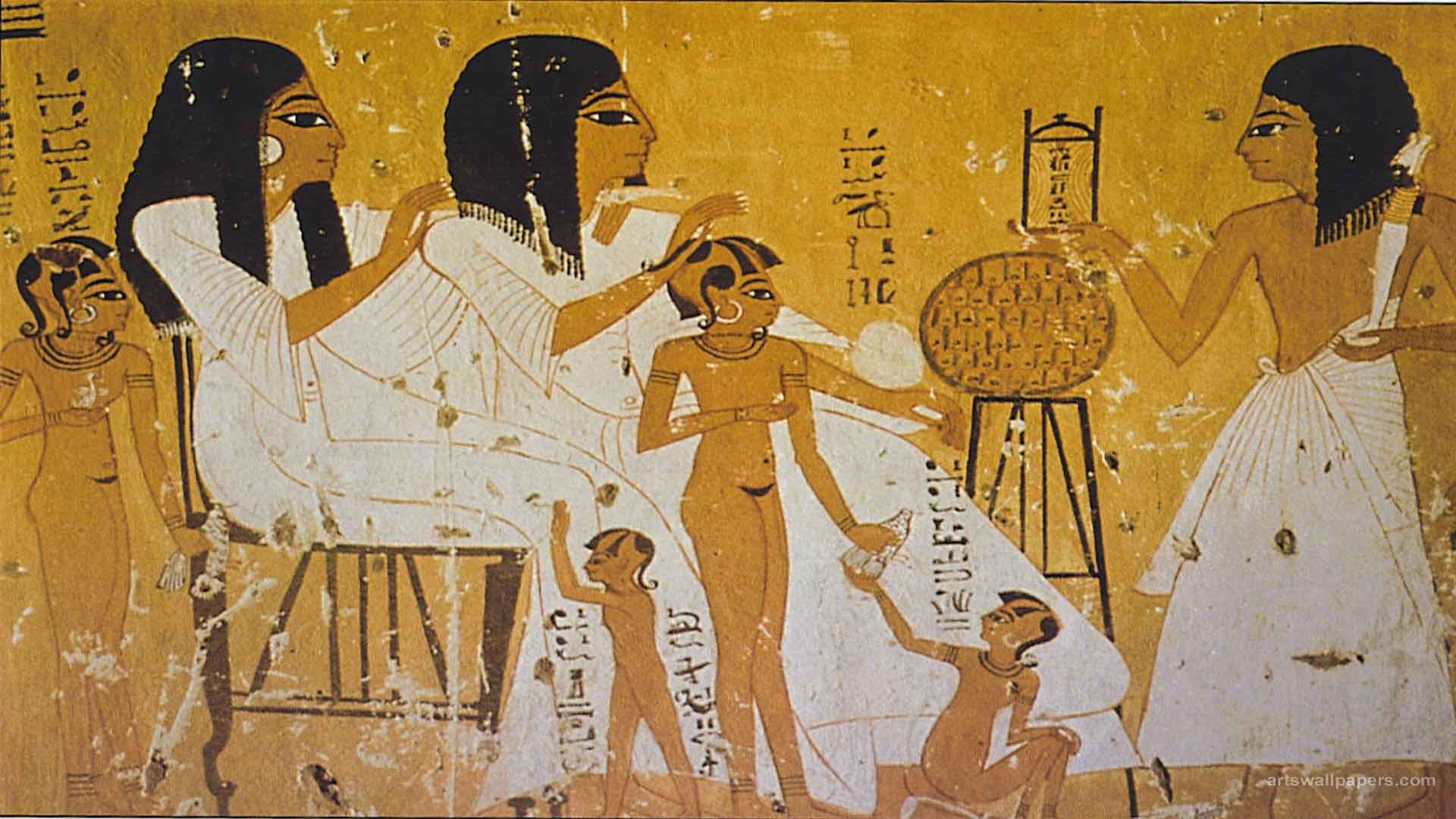According to an official statement by Egypt’s Ministry of Antiquities, an Italian-American mission working in the Aswan-Kom Ombo project in Aswan has uncovered the grave of a woman and her fetus, whose remains were still in her stomach, in a grave pit. The find, which dates back to more than 3500 years ago, was announced by General Secretary of the Supreme Council of Antiquities, Dr Mostafa Waziri on Wednesday. Waziri stated that the casi-intact grave was found within the rest of a small cemetery. The latter had been used by nomadic people who moved to Egypt from the desert hinterland of its southern neighbour, Nubia, during the Second Intermediate Period (c. 1750-1550 BCE). Studies have revealed that the woman was about 25 years old at the time of her death and that she had been close to her due date. Waziri added that the baby’s skeleton was found in his mother pelvic area; the fetus had already settled in a ‘head-down’ position, hinting to the possibility that both mother and child may have died during childbirth. Although the process of labour was near, preliminary analysis of the mother’s remains has revealed…
Archaeological Mission Unearths Ancient Pregnant Woman Burial
November 14, 2018



